 Sunglasses as PPE?
Sunglasses as PPE?
Many who work outside as part of their job with pesticides understand the benefit of sunglasses. They can help prevent headaches caused by squinting, reduce glare while driving, and polarized lenses can help see into the water better for things like aquatic plant ID. In short, sunglasses can be a crucial part of a pesticide applicators day, but are they proper safety equipment or even PPE?
If a workplace environment or a pesticide label specify protective eyewear be worn, it must at a minimum meet the American National Standards Institute (ANSI) standard. Eyewear that meets this standard is Z87.1 compliant and will have a stamp or logo somewhere on the product that says “Z87”.
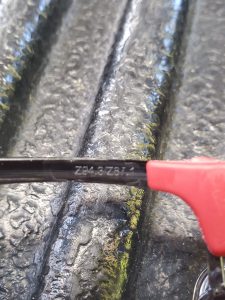
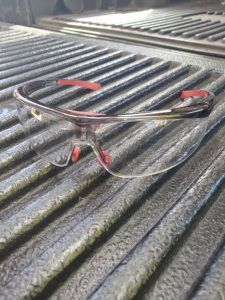
Oftentimes manufacturers will go above and beyond with impact testing and their eyewear will have a stamp of “Z87+”. This gives you information about how impact resistant the eyewear is, with the + symbol meaning it tolerates higher impact. For instance, a Z87 rating means the eyewear survived a steel ball (2.4 oz) dropped on it from 50 inches. To get the + rating a piece of eyewear must pass the mass and velocity test. For the mass test a 500 gram, pointed weight is dropped from 50 inches and the lenses may not break or fracture. The high velocity tests fires a ¼ inch steel ball fired at multiple impact point on the lenses, the ball is shot at 102 mph for glasses and 170 mph for goggles.

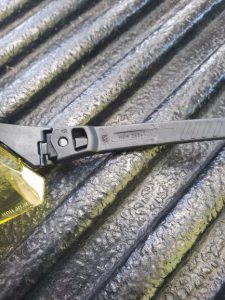
Safety glasses only tested and rated for impact might NOT be suitable for protection from pesticide splash or drift. Additional tests are performed for glasses that will protect from dust, fine dust and splashes or droplets. This will be designated on the glasses with a letter D followed by a 3, 4, or 5 for splashes, dust, and fine dust, respectively. Like the impact classification these markings can be found on the eyewear. These can range from more traditional looking glasses with additional shielding, particularly on the sides, all the way to full goggles. Be sure to check the eyewear directly to ensure compliance. For a more in depth discussion about the different types of safety glasses please refer to “Protective Eyewear for Pesticide Applicators”
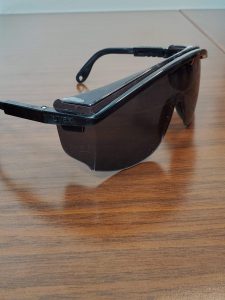
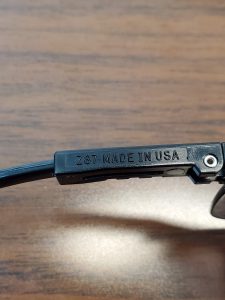
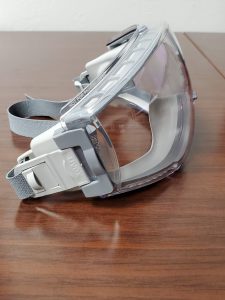

Very few sunglasses will have any of these protections. Although they may not be as stylish as standard sunglasses, many safety glasses come in tinted lenses to provide glare and UV protection from the sun AND provide impact and/or splash protection. There are some sunglass manufacturers who also make safety glasses that look like their sunglass counterparts, always look for the specific safety markings to remain compliant. Don’t just wear your regular sunglasses while working with pesticides, because the coolest look, is the look where your eyes are protected.
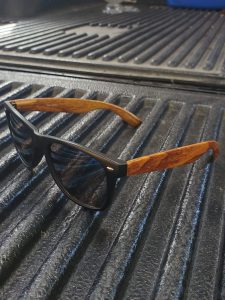

Click To Subscribe
For more information about Eyewear PPE please see: Protective Eyewear for Pesticide Applicators. https://edis.ifas.ufl.edu/pi287
 1
1
